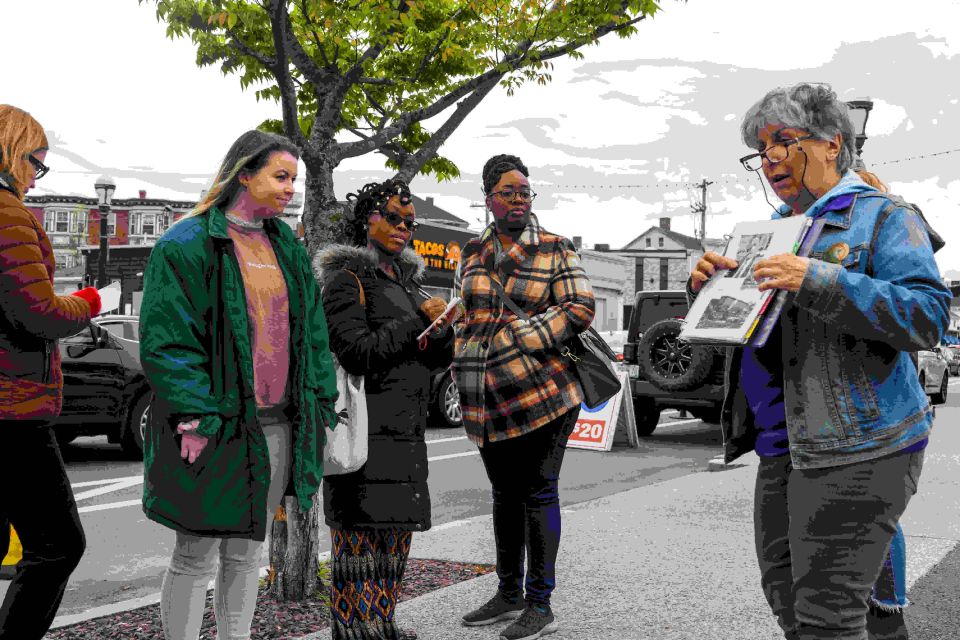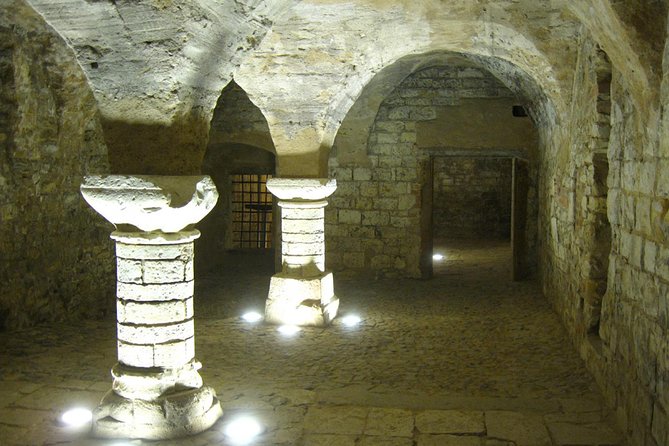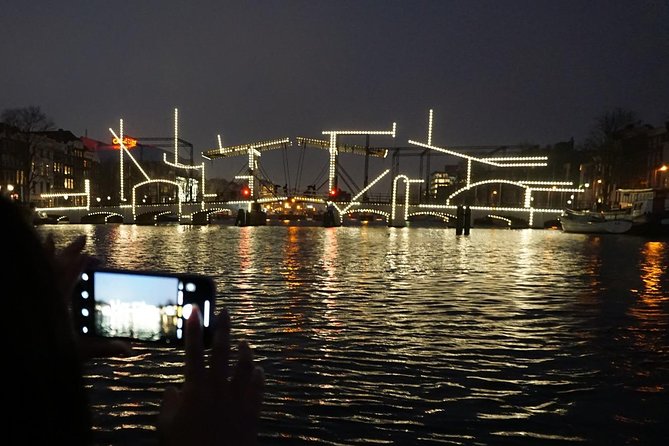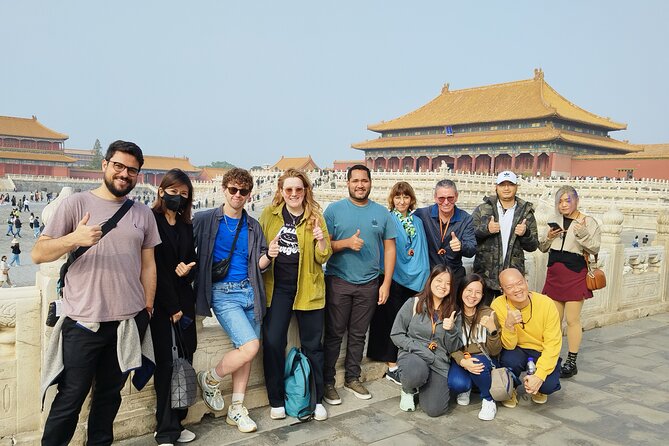Williamsburg, Virginia holds a rich yet complex history, and the History of Slavery Guided Walking Tour aims to unpack this often-overlooked past. Led by knowledgeable guides, the tour transports visitors through the 17th-19th centuries, exploring the stark realities of domestic and plantation slavery, the legal structures that enforced the institution, and the diverse attitudes held by Virginia’s citizens. Though the subject matter is sobering, the tour provides an invaluable opportunity to confront this history head-on and gain a deeper understanding of how slavery shaped the region – and the nation – in profound ways. Those seeking to engage with this difficult yet essential chapter would do well to consider joining the tour.
Key Points
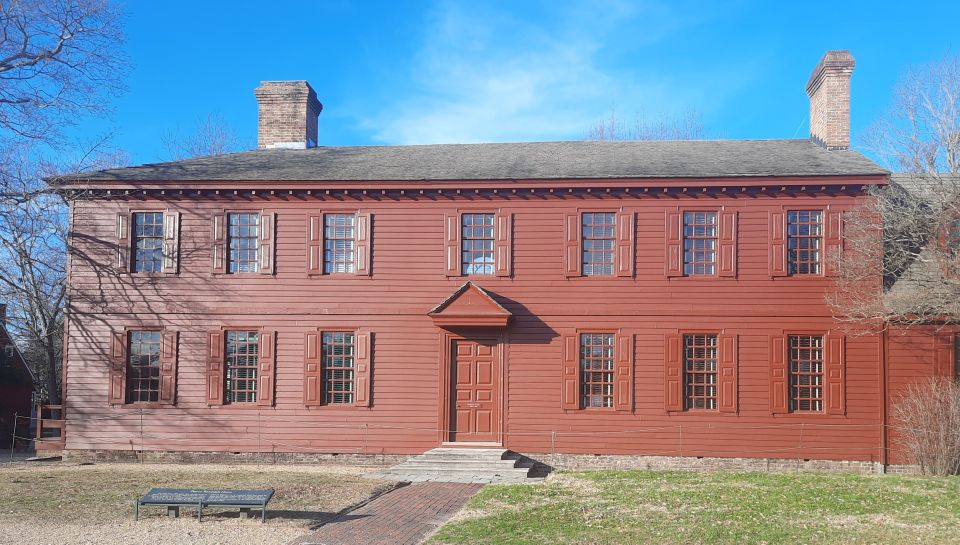
- The 1-hour guided walking tour explores the history of slavery in Williamsburg, Virginia from the 17th to 19th centuries.
- The tour highlights the role of a forgotten Founding Father and the reading of the Declaration of Independence on courthouse steps.
- Visitors can learn about the first emancipator in Williamsburg and the differences between domestic and plantation slavery.
- The tour examines the origins of slavery, legal definitions, laws, and attitudes towards slavery in colonial Virginia.
- The tour discusses how the legal system upheld the institution of slavery and the harsh punishments for slaves accused of crimes.
It's also worth checking out some other tours and experiences nearby.
Tour Details
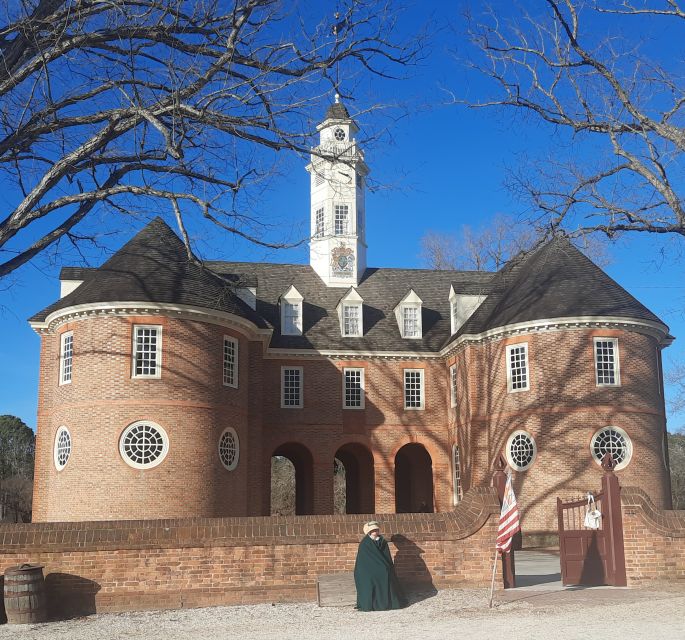
The tour is a 1-hour guided walking experience that explores the history of slavery in Williamsburg, Virginia from the 17th to 19th centuries. Led by a live tour guide, the tour is conducted in English.
Highlights include discovering the impact of a forgotten Founding Father, seeing the courthouse steps where the Declaration of Independence was read aloud, and learning about the first emancipator in the city where he lived.
The tour starts at the Windmill, discussing domestic vs. plantation slavery and the rise of tobacco. At other stops, visitors will explore the origins of slavery in Virginia, legal definitions, laws, and the attitudes of Virginia citizens toward slavery.
Highlights of the Tour
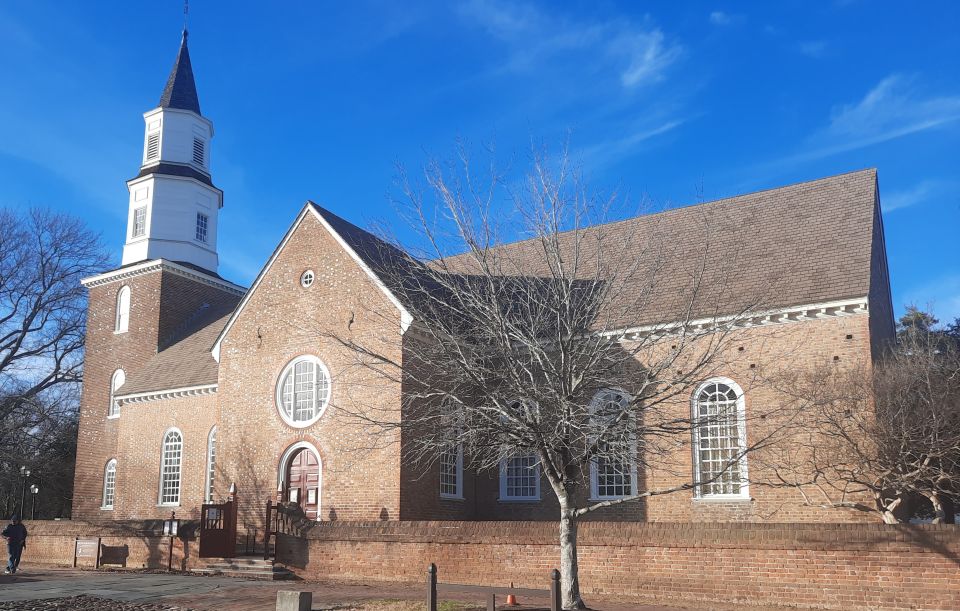
Unraveling the forgotten past, the tour allows visitors to discover the impact of a forgotten Founding Father on the nation’s history. Guests can witness the courthouse steps where the Declaration of Independence was read aloud, and learn about the first emancipator in the very city where he lived.
The tour delves into the intricate relationship between domestic and plantation slavery, as well as the rise of tobacco in the region. Participants will explore the origins of slavery in Virginia, dive into the legal definitions and laws surrounding the institution, and gain insights into how these laws were enforced.
The tour culminates at the Geddy house, where visitors can discuss the complex attitudes of Virginia citizens toward slavery.
Domestic Vs. Plantation Slavery
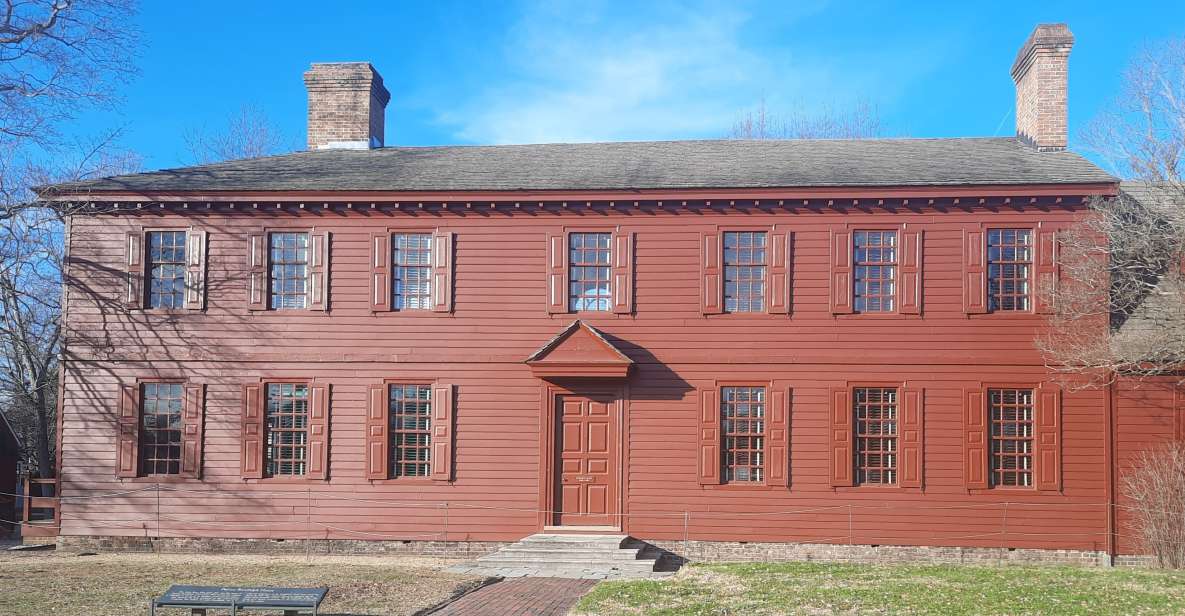
During the tour, visitors learn about the stark differences between domestic and plantation slavery in Williamsburg. Domestic slavery, which was more common in urban areas, typically involved house servants performing tasks like cleaning, cooking, and caring for children. In contrast, plantation slavery in the surrounding rural areas centered around the labor-intensive cultivation of cash crops like tobacco.
| Domestic Slavery | Plantation Slavery |
|---|---|
| Urban-based | Rural-based |
| House servants | Field laborers |
| Household tasks | Crop cultivation |
| Less physically demanding | More physically demanding |
Slavery’s Origins in Virginia
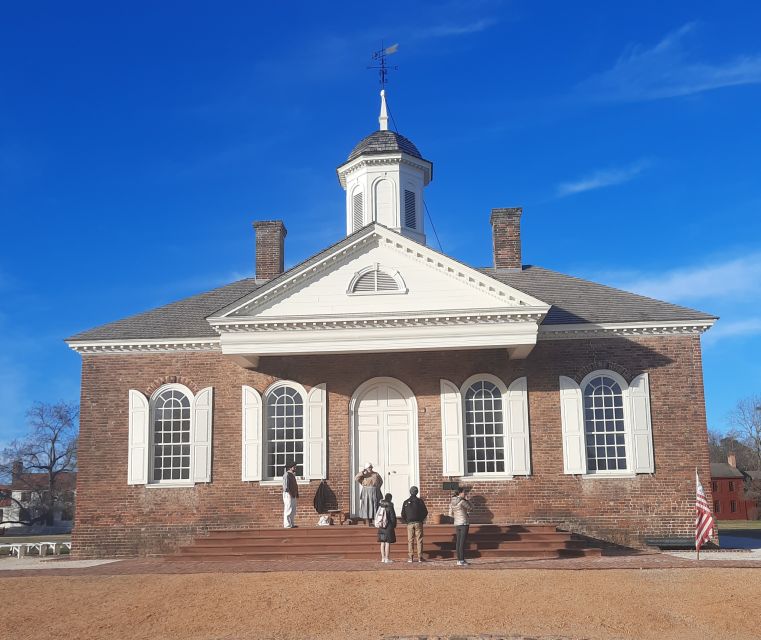
Tracing the origins of slavery in Virginia, one finds its roots firmly planted in the colony’s early history, as European settlers grappled with labor shortages and the lucrative prospects of cash crop cultivation.
The Colonial Capitol building serves as a window into this complex past, where visitors can explore the legal frameworks that enabled the institution of slavery to take hold.
Laws defined the legal status of enslaved individuals, delineating their rights and lack thereof, while also outlining the obligations of slaveholders.
This dynamic shaped the attitudes of Virginia citizens toward the slave system, which became deeply embedded in the social and economic fabric of the colony over the 17th and 18th centuries.
Enforcing the Laws
The laws governing slavery in Virginia were strictly enforced, with the courthouse playing a central role in this process.
Visitors to the historic site can learn how the legal system upheld the institution of slavery, ensuring the rights and power of slaveholders were protected.
At the Courthouse, the tour guide explains how laws were used to control the enslaved population and punish those who defied the system. Runaways were tracked down and returned, while slaves accused of crimes faced harsh sentences, including public whippings or even execution.
The tour highlights how the judicial process was manipulated to preserve the slave-based economy and the privileges of the white elite.
Attitudes of Virginia Citizens
Virginia citizens’ attitudes toward slavery reflected the social and economic realities of the time. While some expressed moral unease, the majority supported the slave-based system that fueled the regional economy and reinforced their privileged status.
At the Geddy house, the tour guide delves into the complex perspectives held by Virginians, from those who championed the institution to those who quietly questioned its ethics. Wealthy landowners and merchants often justified slavery as a necessary evil, while some religious leaders and intellectuals grappled with the moral contradictions.
Ordinary citizens, dependent on the agricultural economy, tended to accept slavery as the status quo. The tour provides insight into this nuanced and sometimes conflicted mindset of Virginia’s population.
Pricing and Booking
Pricing for the Williamsburg slavery walking tour starts at €23.14 per person, with the option to reserve now and pay later. Booking is available online, allowing visitors to secure their spot in advance.
The tour takes place rain or shine, so visitors should dress appropriately for the weather.
Parking and transportation aren’t included, so guests should plan accordingly.
Gratuities for the live tour guide aren’t included in the ticket price, allowing visitors to show their appreciation at their own discretion.
Additional Tour Information
Visitors can expect the Williamsburg slavery walking tour to take place rain or shine, so dressing appropriately for the weather is recommended.
Parking and transportation to the tour starting point aren’t included, and guests will need to plan their arrival accordingly.
While the ticket price doesn’t cover gratuities for the live tour guide, visitors are welcome to show their appreciation at their own discretion.
The tour explores the history of slavery in Williamsburg from the 17th to 19th centuries, providing a unique opportunity to learn about the city’s past and its impact on the nation.
With a knowledgeable guide leading the way, attendees can expect an insightful and educational experience, rain or shine.
Here's a few more nearby tours and experiences we think you'll like.
Frequently Asked Questions
Can Children Participate in the Tour?
Children are welcome to participate in the tour. The tour content is appropriate for all ages, though parental discretion is advised as some topics related to slavery may be sensitive for younger children.
Does the Tour Provide Any Food or Refreshments?
The tour does not include any food or refreshments. It is a 1-hour guided walking tour focused on the history of slavery, without any provisions for meals or drinks during the experience.
Is the Tour Accessible for Individuals With Disabilities?
The tour’s accessibility for individuals with disabilities is not explicitly stated. Travelers with special needs should inquire about accommodations when booking to ensure the tour meets their requirements.
Can the Tour Be Customized for Special Events or Groups?
The tour can be customized for special events or groups. The tour provider offers flexibility to accommodate requests such as larger group sizes, modified itineraries, or specialized content. Arrangements can be made by contacting the tour operator.
What Is the Cancellation and Refund Policy for the Tour?
The tour company offers a flexible cancellation policy. Guests can cancel for a full refund up to 24 hours before the tour start time. No refunds are available for no-shows or same-day cancellations.
Not for you? Here's more of our most recent tour reviews happening neaby
- Williamsburg: We Shall Overcome Black History Walking Tour
- Colonial Williamsburg Ghost Stories
- Colonial Williamsburg: Self-Guided Walking Tour
- Williamsburg: Dead of Night Ghost Walking Tour
- Shadows of the Past: Tracing Slavery’s Legacy
- Williamsburg: Haunted Ghosts, Witches, and Pirates Tour
- Williamsburg: Colonial Ghosts Haunted Walking Tour
- Colonial Williamsburg Wander: A Journey Through Time
- Colonial Williamsburg Trivia Walk
- Williamsburg’s Winter Wonderland: A Historic Holiday Stroll
- Williamsburg: Christmastime in Virginia Walking Tour
- Williamsburg: The Patriots Historical Walking Tour
- Williamsburg: Busch Gardens Ticket & Water Country Option
- Williamsburg: Secrets of Williamsburg Walking Tour
- Williamsburg Family Trek: A Journey Through Time and Tales
Recap
The Williamsburg, VA: History of Slavery Guided Walking Tour offers a compelling and informative exploration of the region’s complex history with slavery.
Participants can explore the stark differences between domestic and plantation slavery, the legal enforcement of the institution, and the varying attitudes of Virginia’s citizens.
This guided tour provides a unique opportunity to uncover the forgotten past and gain a deeper understanding of this critical chapter in American history.

